
Loading. Please wait.

Loading. Please wait.

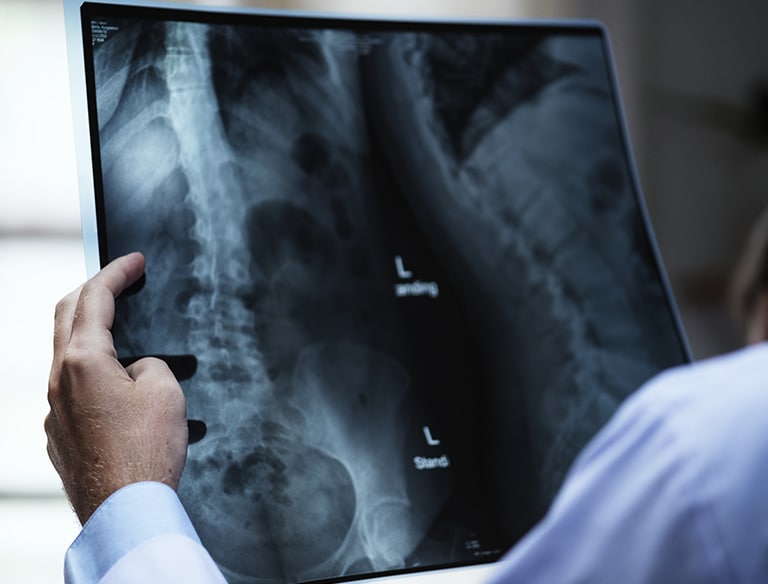
X-RAY
Baseline x-ray to rule out bone disease and fracture
Treatment: Dependent upon finding
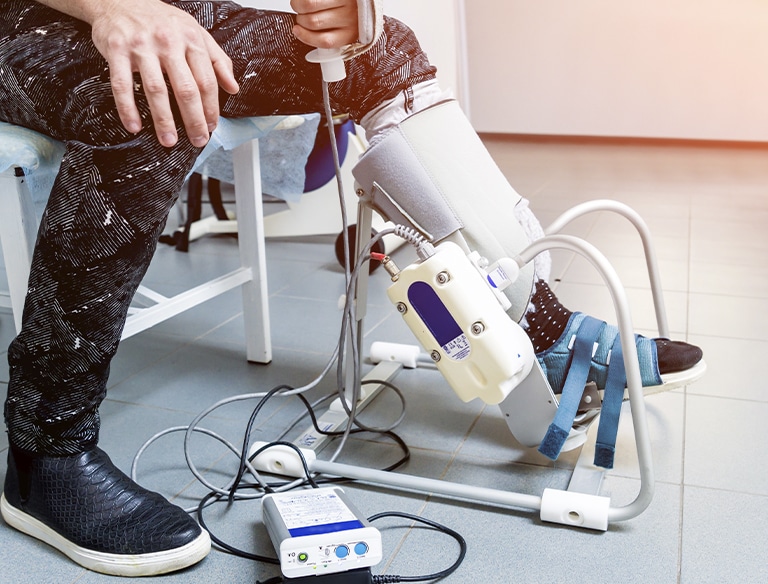
RANGE OF MOTION /MUSCLE TESTING
Rule out or confirm muscle weakness and establish baseline from muscle or nerve injury, Monitor treatment progress, maximize improvement or permanent impairment
Treatment: Exercises, Muscle/Nerve rehab and retraining, Severe sprain may require referral

BIODEX ISOKINETIC TESTING
This type of testing pertains to exercise that provides varied resistance at a constant speed, with the assistance of specialized equipment. Its goal is to isolate muscle movement and allow medical professionals to determine where you are weakest and what movements might be contributing any pain or discomfort you feel.
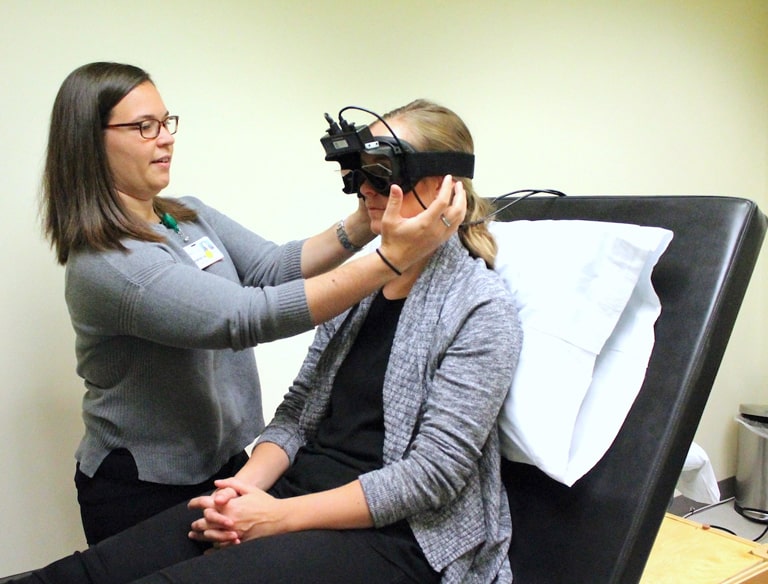
VESTIBULAR TESTING (SCREEN TRAK)
Vestibular testing help determine if there is something off with the balance portion of the inner ear. These tests can help isolate dizziness symptoms to a specific cause that can often be treated.
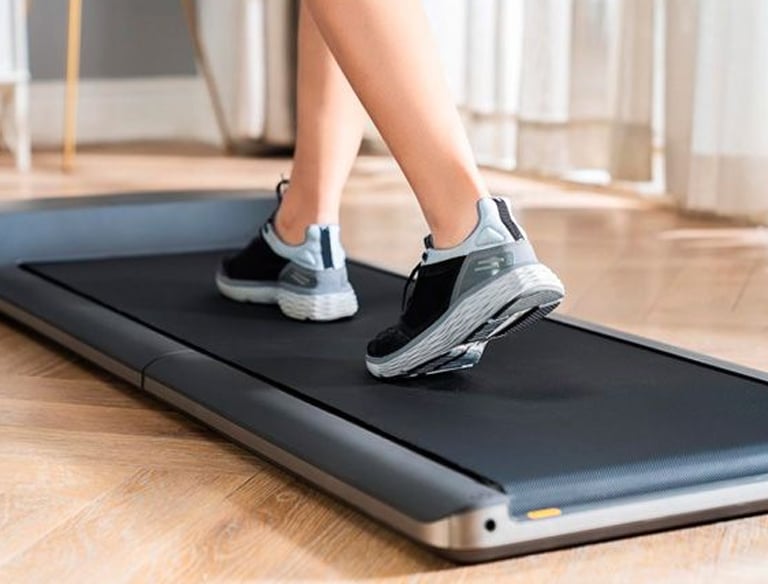
GAIT ASSESSMENT
Gait assessments analyze the way a person walks or runs to determine if there is a biomechanical abnormality.
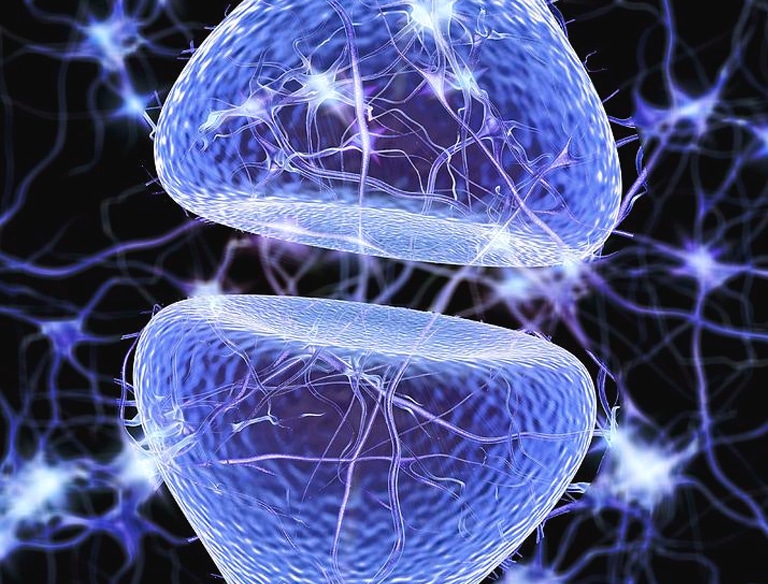
SMALL FIBER NERVE TESTING
Quantitative sensory testing analyzes small fiber function by measuring temperature and vibratory sensation and can be used to diagnose small fiber neuropathy.
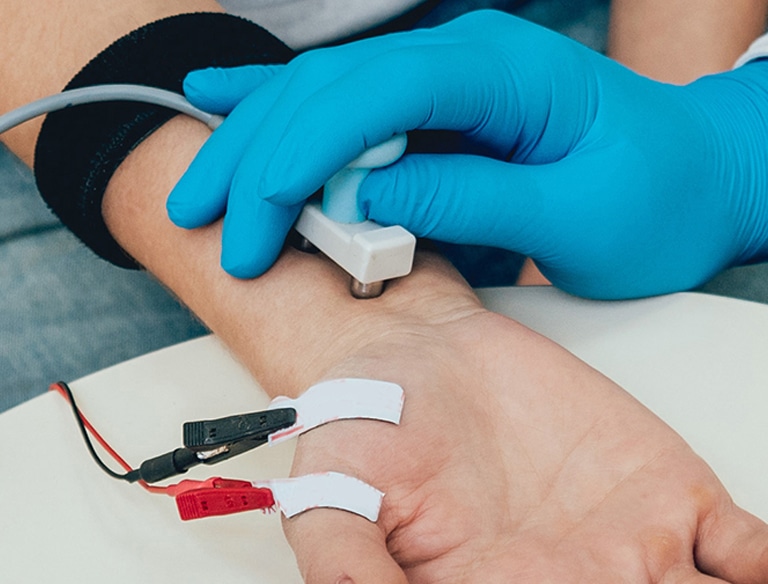
NCV/EMG
Tests that are electrodiagnostic tests that measure the electrical activity of muscles and nerves. These tests are commonly performed on patients that have a spine-related problem and complain of unexplained symptoms, numbness and/or tingling sensations, muscle cramping, or weakness in an extremity.
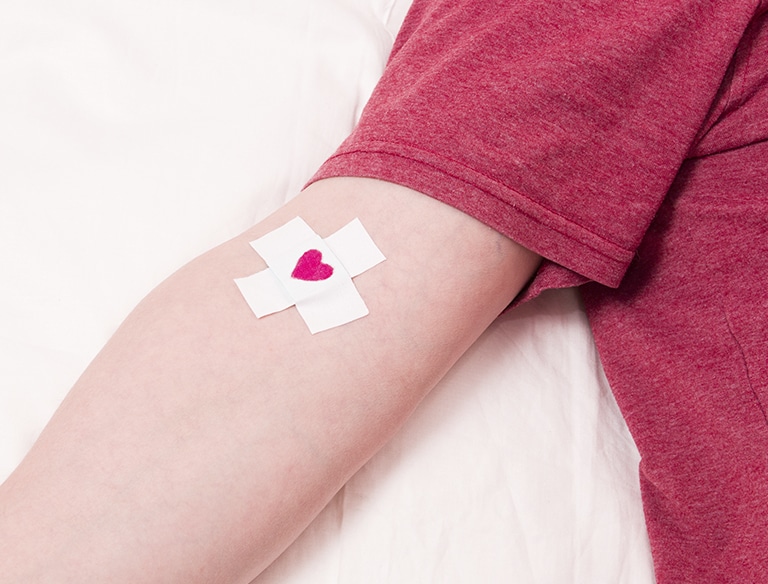
PHLEBOTOMY
Phlebotomy is the process of drawing blood by making an incision to a vein with a needle. This process is used for clinical or medical testing, transfusions, donations, or research.